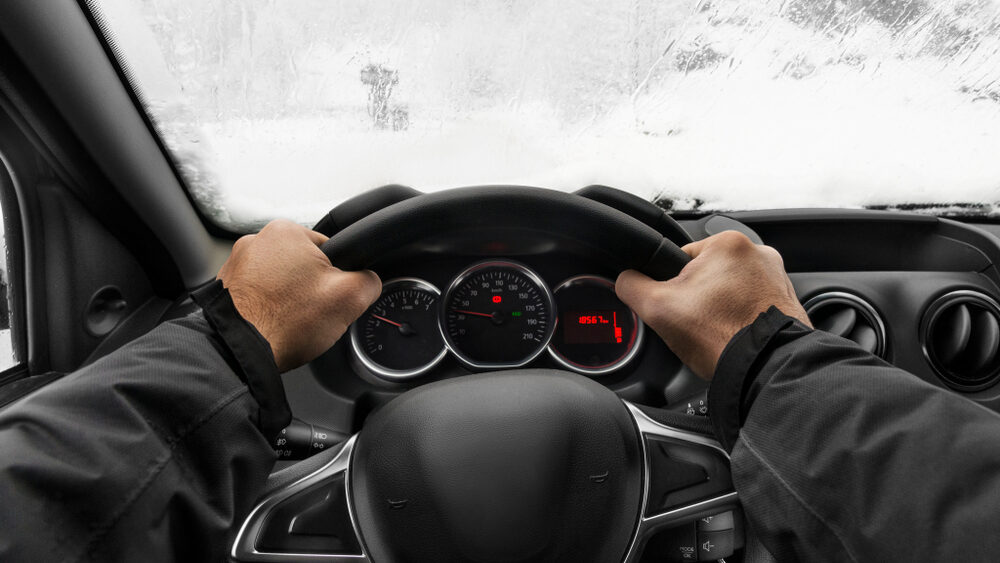Introduction
A car’s steering system is more than just a device that turns the wheels; it controls the vehicle’s control and maneuverability on the road. Yet, like any mechanical component, steering systems are susceptible to wear and tear, leading to various problems that can compromise safety and handling. In this post, we explore the topic of typical steering problems that car owners encounter and provide insightful advice on how to identify and fix them. By gaining an understanding of these challenges and taking proactive steps to address them, drivers can safeguard themselves and their passengers, ensuring a seamless and secure driving experience. Together, we will decipher the intricacies of steering issues and identify the routes leading to more effortless journeys ahead.
- Steering Wheel Vibration: Among the most frequent steering issues that motorists encounter is steering wheel vibration. Numerous things, such as misaligned wheels, worn-out tires, or suspension issues, can contribute to this problem. To address steering wheel vibration, start by checking the tire pressure and inspecting the condition of the tires for uneven wear. Have a qualified mechanic check the wheel alignment and balance if the tires are in good condition. To further stop steering wheel vibration, worn suspension parts like ball joints or tie rods may need to be replaced.

- Hard Steering: Hard steering is a frustrating and sometimes dangerous problem in which the steering wheel feels stiff and challenging to turn. Low power steering fluid levels, a broken power steering pump, or worn-out steering parts are common causes of this issue. Start by determining the level of the power steering fluid and adding more if needed. Have the power steering system checked for leaks or pump failure if the fluid level is sufficient. Worn-out steering components such as the steering rack or tie rods may also need to be replaced to restore smooth and responsive steering.
- Uncertain Direction: The handling and safety of the car can be jeopardized by loose steering, which is characterized by excessive play or swaying in the steering wheel. Worn steering parts, such as the steering gearbox, tie rods, or steering linkage, are frequently the source of this issue. Have a qualified mechanic examine the steering system to determine which parts are malfunctioning in order to address loose steering. Worn-out parts should be replaced promptly to restore tight and precise steering control. Furthermore, routine maintenance can help avert future problems with loose steering, such as lubricating the steering linkage and adjusting the steering gear.
- Steering Drift: When a car pulls to one side while being driven, it needs to be constantly corrected to stay on course. Many things, such as misaligned wheels, uneven tire wear, or suspension problems, can contribute to this issue. Begin by examining the tires for signs of uneven wear and checking the tire pressure. Get a professional to check the wheel alignment if the tires are in good condition to guarantee correct alignment. To prevent steering drift and guarantee straight and stable handling, suspension parts like control arms or bushings may also need to be inspected and replaced if they wear out.
- Noisy Steering: Unusual sounds coming from the steering system, like squeaking, grinding, or clicking sounds, can point to underlying issues that need to be fixed. This is known as noisy steering. Low levels of power steering fluid, loose or damaged belts, and worn-out steering parts are frequently the source of these noises. The first step in fixing noisy steering is to check the level of power steering fluid and top it off if needed. If the fluid level is adequate, have the steering system inspected by a qualified mechanic to identify the source of the noise. To stop the noise and guarantee quiet and smooth steering, worn-out parts like ball joints, tie rods, or the power steering pump may need to be replaced.

Conclusion
In the realm of automotive maintenance, few aspects are as critical as ensuring the proper function of the steering system. Drivers can maintain the best possible steering performance and vehicle handling by being aware of the warning indications of common steering issues and taking quick action to fix them. Frequent inspection and maintenance are the cornerstone for preventing problems and preserving the integrity of the steering system, regardless of the steering wheel vibration, hard or loose steering, steering drift, or noisy steering. Drivers create the conditions for a smooth and joyful driving experience, free from the annoyances of steering-related issues, by taking the initiative and seeking expert assistance when necessary. When driven carefully and attentively, every trip serves as evidence of how crucial a properly maintained steering system is in ensuring safety and comfort on the road.

